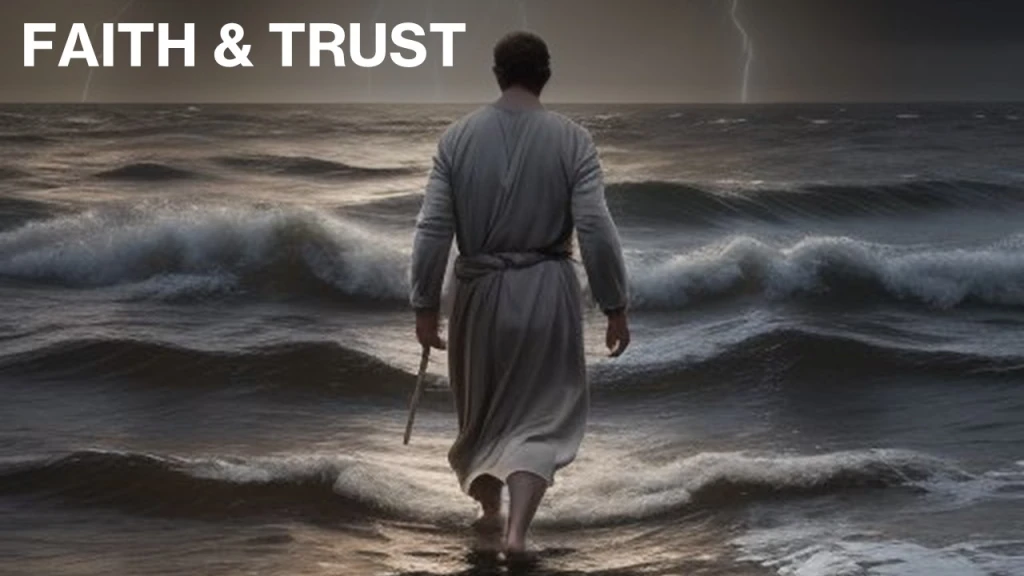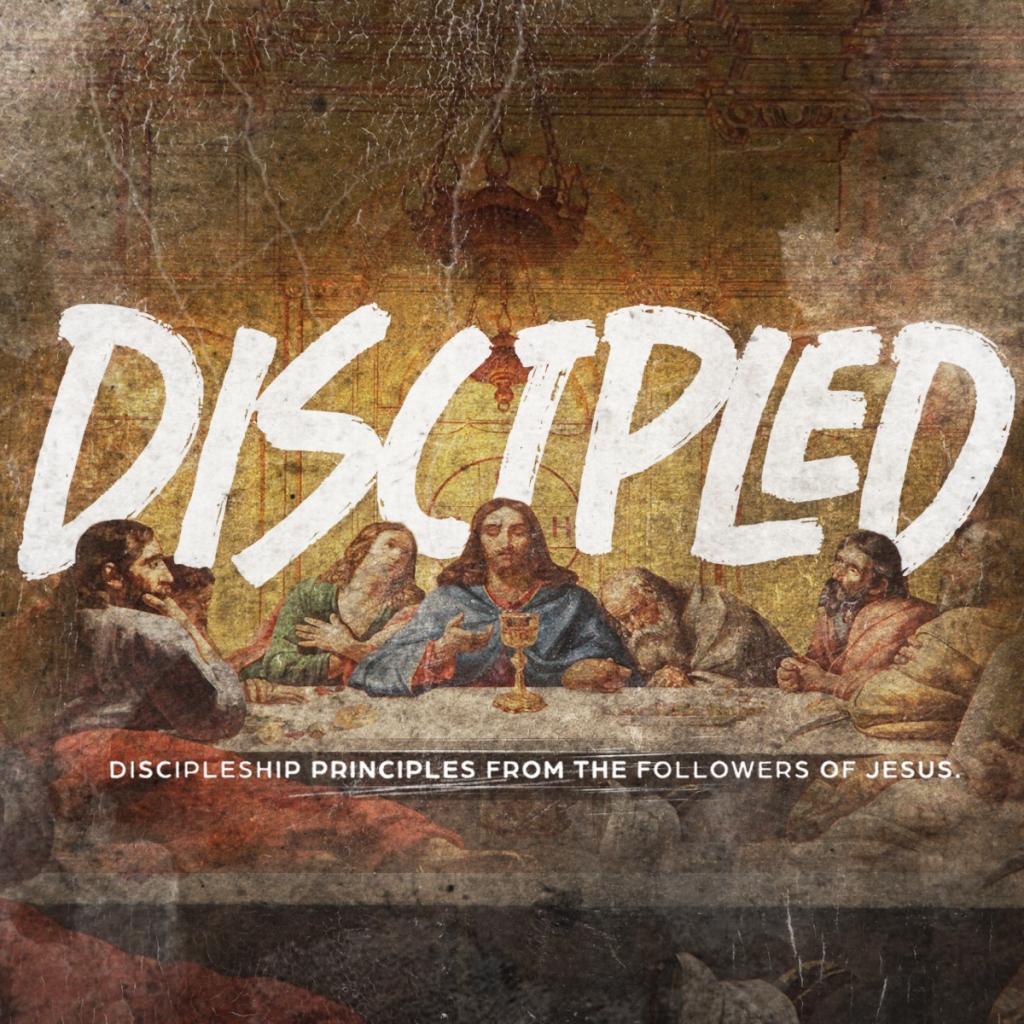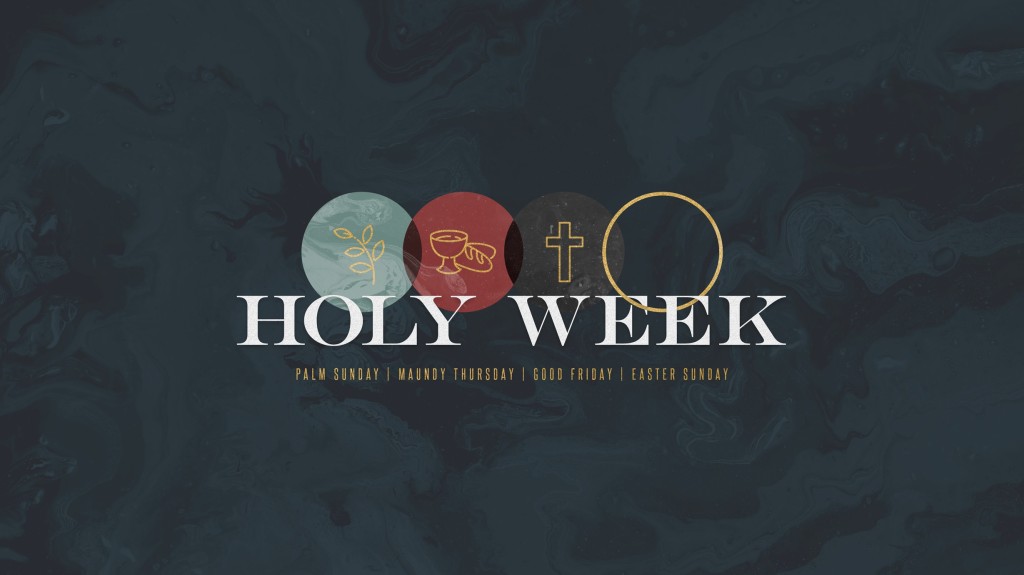Introduction: In 1 Kings 4, we gain insights into the extensive governance of King Solomon over various territories during his reign. These verses outline four distinct types of areas under Solomon’s rule: the Homeland of Israel from Dan to Beersheba, Adjacent Provinces, Vassal States, and Allied States. Let’s explore each of these areas and provide examples to better understand the scope of Solomon’s dominion.
1. The Homeland of Israel from Dan to Beersheba: This refers to the core territory of Israel, extending from the northern border at Dan to the southern border at Beersheba. It encompasses the heartland of the Israelite nation and represents the primary area directly governed by Solomon. This region held significant symbolic and strategic importance, serving as the center of political, religious, and economic activity.
2. Adjacent Provinces: Adjacent provinces were territories bordering the Home Land of Israel but were not part of the core territory. These provinces were likely under Solomon’s direct control or had a high degree of influence from the Israelite monarchy. Examples of adjacent provinces may include areas such as the regions of Gilead and Bashan to the east of the Jordan River.
3. Vassal States: Vassal states were independent kingdoms or territories that acknowledged Solomon’s authority and paid tribute or provided military support in exchange for protection or other benefits. These states maintained a degree of autonomy but were ultimately subject to Solomon’s suzerainty. Examples of vassal states under Solomon’s rule may include kingdoms such as Tyre, Sidon, and possibly Ammon and Moab.
4. Allied States: Allied states were nations or territories that entered into formal alliances with Solomon and Israel for mutual benefit. These alliances often involved political, military, and economic cooperation aimed at achieving common goals or addressing shared threats. Allied states enjoyed a more equal partnership with Israel compared to vassal states. Examples of allied states may include the kingdom of Egypt under the reign of Pharaoh Shishak, who later invaded Israel during the reign of Solomon’s son, Rehoboam.
Conclusion: Through the lens of 1 Kings 4 we gain a comprehensive understanding of the diverse territories under King Solomon’s governance. From the core Homeland of Israel to adjacent provinces, vassal states, and allied states, Solomon’s rule extended far beyond the borders of his immediate kingdom. This expansive dominion reflects Solomon’s political acumen, diplomatic prowess, and strategic vision in establishing and maintaining a prosperous and influential kingdom during his reign.
Preacher Chad










